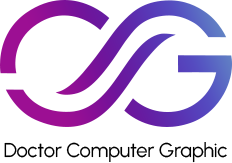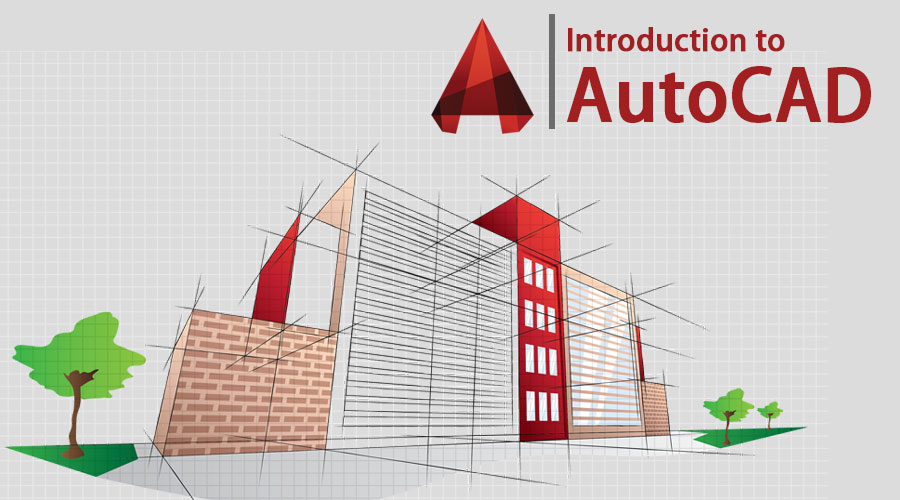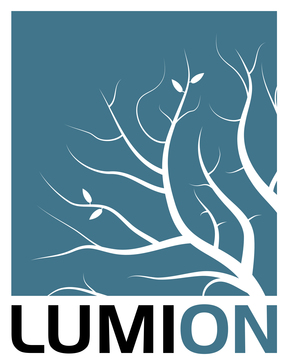
3ds Max 2024
What is 3ds Max?
3ds Max® professional 3D modeling, rendering, and animation software enables you to create expansive worlds and premium designs.
Breathe life into environments and landscapes with robust modeling tools.
Create finely detailed designs and props with intuitive texturing and shading tools.
Iterate and produce professional-grade renders with full artistic control.
Why use 3ds Max?
- Deliver photorealistic designs : 3ds Max powers your creativity with easy-to-use tools for worldbuilding and asset creation.
- Boost productivity with automation : 3ds Max automates repetitive and time-consuming tasks so you can meet deadlines.
- Use a rich and flexible toolset :Stay in the artistic flow with creative tools in an artist-friendly UI.
What you can do with 3ds Max 2024
Create realistic 3D designs with powerful modeling tools
Whether you’re building expansive worlds for games or visualizing intricate architectural designs, 3ds Max has the modeling toolset you need to bring your 3D assets to life.

Key features of 3ds Max 2024
Retopology tools : Automatically optimize the geometry of high-resolution models to create a clean, quad-based mesh geometry.
Smart Extrude : Extrude faces on 3D objects in an intuitive and flexible way. Rebuild and stitch together adjacent faces automatically.
Open Shading Language (OSL) support : Create or use pre-existing procedural OSL maps with any supported renderer.
Baking to texture: Experience streamlined, intuitive, and fully scriptable texture baking.
Integrated Arnold renderer : Arnold for 3ds Max (MAXtoA) supports interactive rendering directly from the interface.
Interactive viewports : Reduce design iteration with render-quality viewport previews, displaying PBR (physically based rendering) materials and camera effects directly.
Software security : Use Safe Scene Loading to protect your work from potentially malicious scripts that could be part of scene files.
What’s New in 3ds Max
3ds Max is a computer graphics program for creating 3D models, animations, and digital images. It’s one of the most popular software in the computer graphics industry and is well known for having a robust toolset for 3D artists. A favorite among game developers, TV commercial studios, and architects, 3ds Max is owned by Autodesk, the same company responsible for programs like Maya and AutoCAD. This software is often used for character modeling and animation as well as for rendering photorealistic images of buildings and other objects.
Realize your creative ambitions with 3ds Max
3ds Max brings modern solutions so you can realize your creative ambitions. The new Array modifier allows for easy customization of assets, and Editable Poly retriangulation updates give you better topology results. 3ds Max also continues to build on its animation capabilities so you can iterate faster.
Solutions in the 3ds Max 2024:
New Array Modifier :Duplicate and distribute mesh data procedurally with a new object-based Array modifier. Create robust and highly art-directable content with control over distribution and randomization transforms, randomization of material IDs, UV offset, and more.
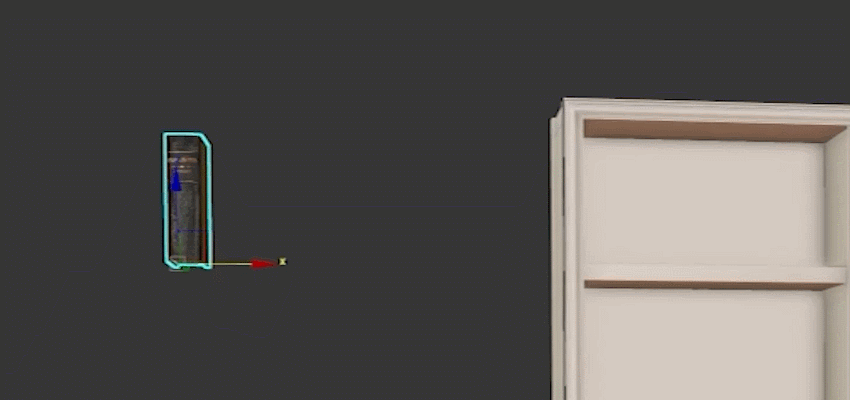
Array modifier:
- Grid: Distribute arrayed mesh data in a uniform grid pattern based on X, Y, and Z duplication counts, or by utilizing a dimensional size to duplicate within.
- Radial: Distribute arrayed mesh data along a radial arc with control on duplication count, radius length, start and end angle, number of rows, and rings.
- Spline: Distribute arrayed mesh data along the length of a Spline with options for distribution count from start to end; relative offset spaces that distribute from first to last spline knot; fill distribution; and at all or specified spline knots or segment centers.
- Surface: Distribute mesh data using Surface distribution at the position of all or specified vertices, edge centers, or face centers of a target mesh.
Enhanced Editable Poly Retriangulation:
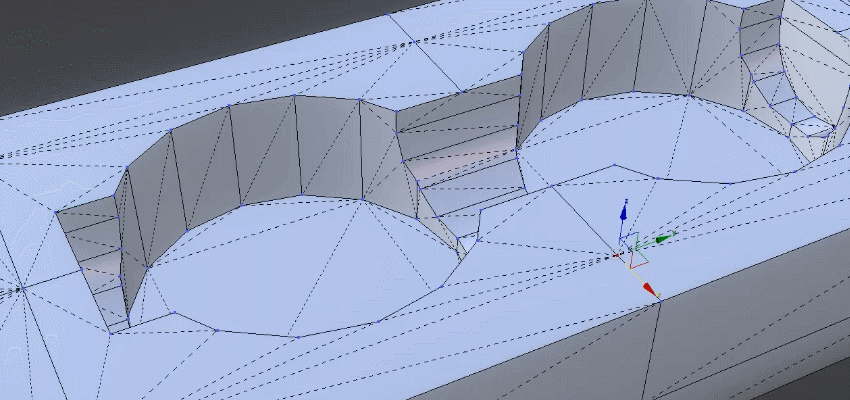
Enhancements to the Editable Poly object retriangulation algorithm enable you to generate improved topological results when producing new faces, moving vertices, or using the retriangulate function.
MeshSmooth Modifier Performance :
Enhanced performance when loading or applying the MeshSmooth, Edit and Editable Mesh, and Edit and Editable modifiers.
Chamfer Limits Update :
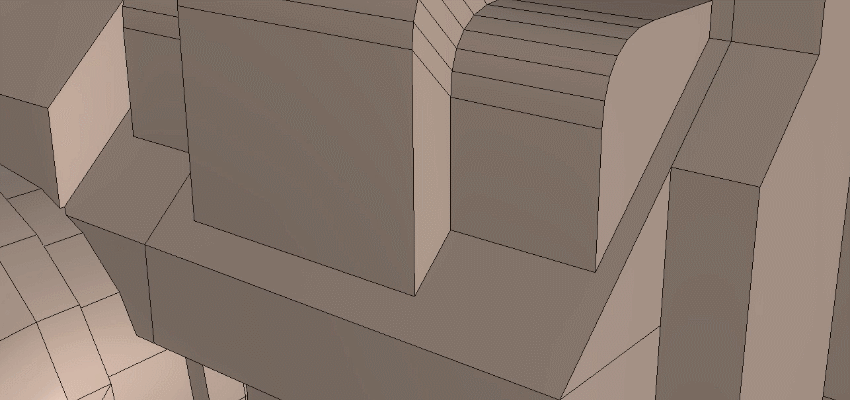
When performing a chamfer operation with the Chamfer modifier or an Editable Poly object, the Chamfer Limit Effect output will prevent self-intersections in the chamfered surface, while also avoiding over limiting. The Chamfer modifier will also generate improved surface normals when working with non-explicit normals.
Trackview Updates :
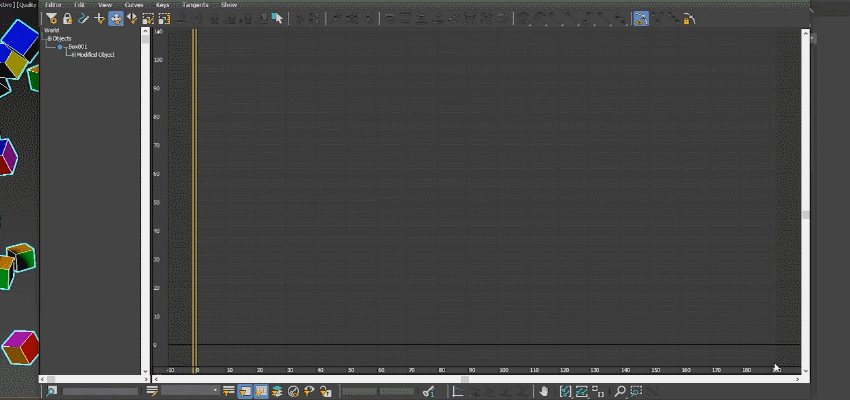
Various improvements have been made to Trackview based on user feedback to bring better reliability and ease of access to your animation data so you can iterate and refine your animations faster and more easily.
Delta Mush Computation :
The Delta Mush operator found in the Data Channel modifier has been updated to bring enhanced symmetrical results across the mesh to completement your Skin modifier deformation.
PFlow :
PFlow object settings have been updated to be more consistent between viewport and rendering quality and sampling. Additionally, various PFlow presets have been updated with new settings for Viewport Quality and Integration Steps.
gLTF Updates :
You can now use the Scene Converter with a new glTF Preset to convert Physical Materials to glTF Materials. Additionally, the glTF exporter can now export all map channels on your mesh data instead of being limited only to Map Channel 1.
MAXtoA Update :
This update comes with MAXtoA 5.4.0.37 which includes improvements to the V-Ray scene converter, volume shading, and added support for pinned curves and nested instancers.
- Improved V-Ray scene converter: The V-Ray scene converter now has been improved and supports many new features.
- Dual-lobe phase function for standard_volume: A new phase function model has been implemented for the standard_volume shader to bring a more realistic approximation to the
- Physically correct volume emission scaling: The standard_volume shader supports scaling of volumetric emission in a more physically correct manner (via the emission_scaling option).
- Other volume emission improvements: The blackbody_intensity control can now be dialed above 1 for convenience.
- Cryptomatte 1.2.0: The version of Cryptomatte bundled with Arnold is upgraded to 1.2.0
- Upgrade OpenImageIO 2.4.1: The OIIO used by Arnold has been upgraded to 2.4.1
